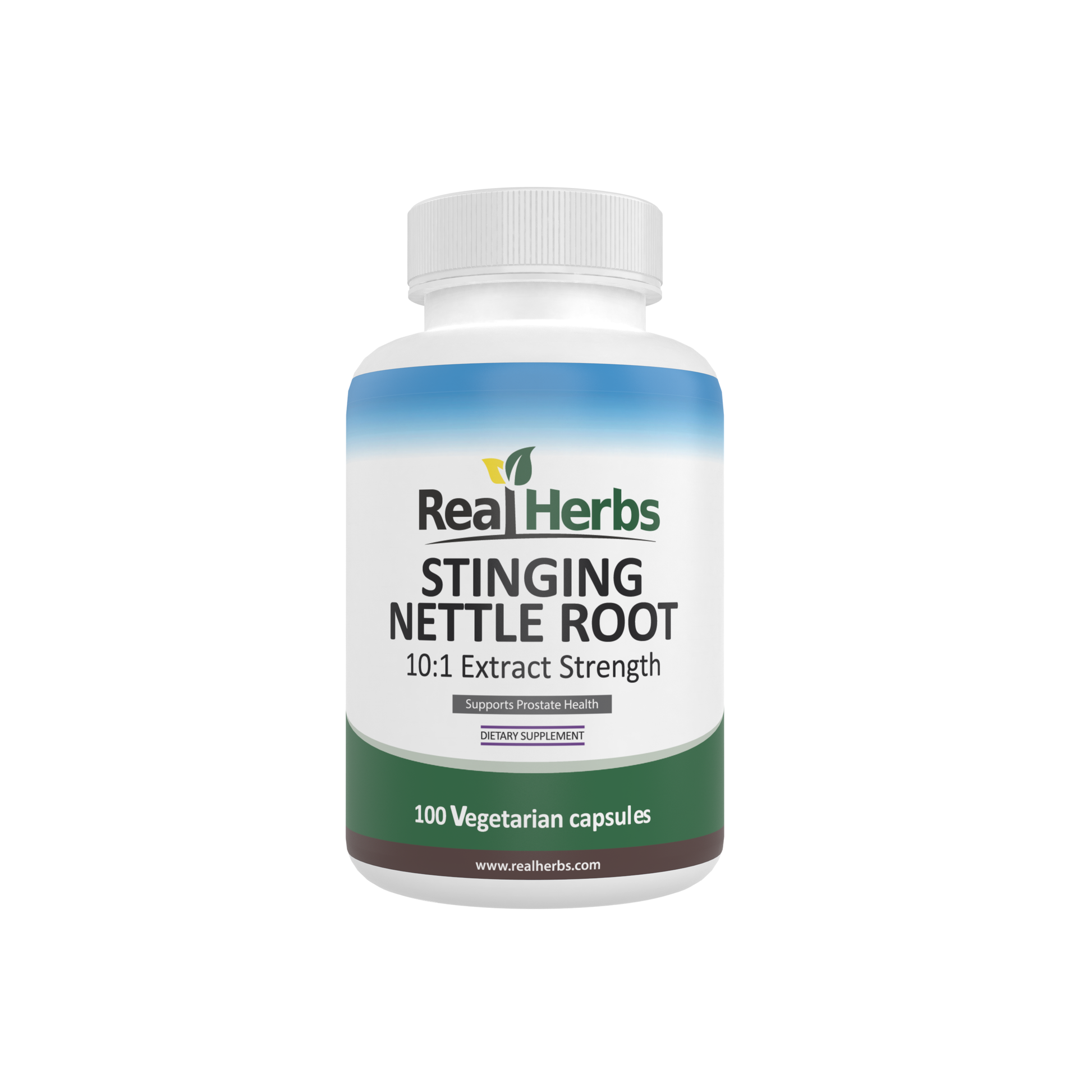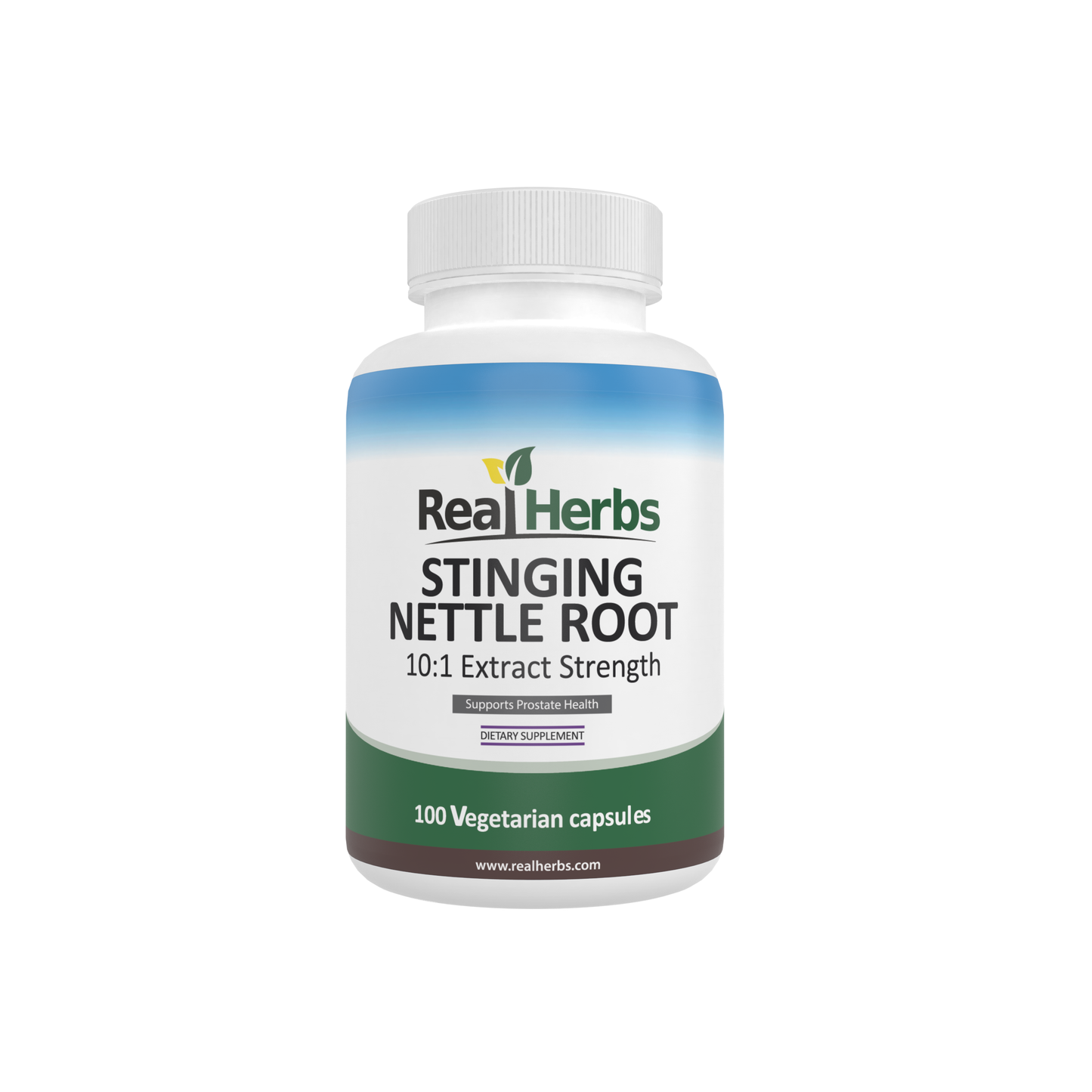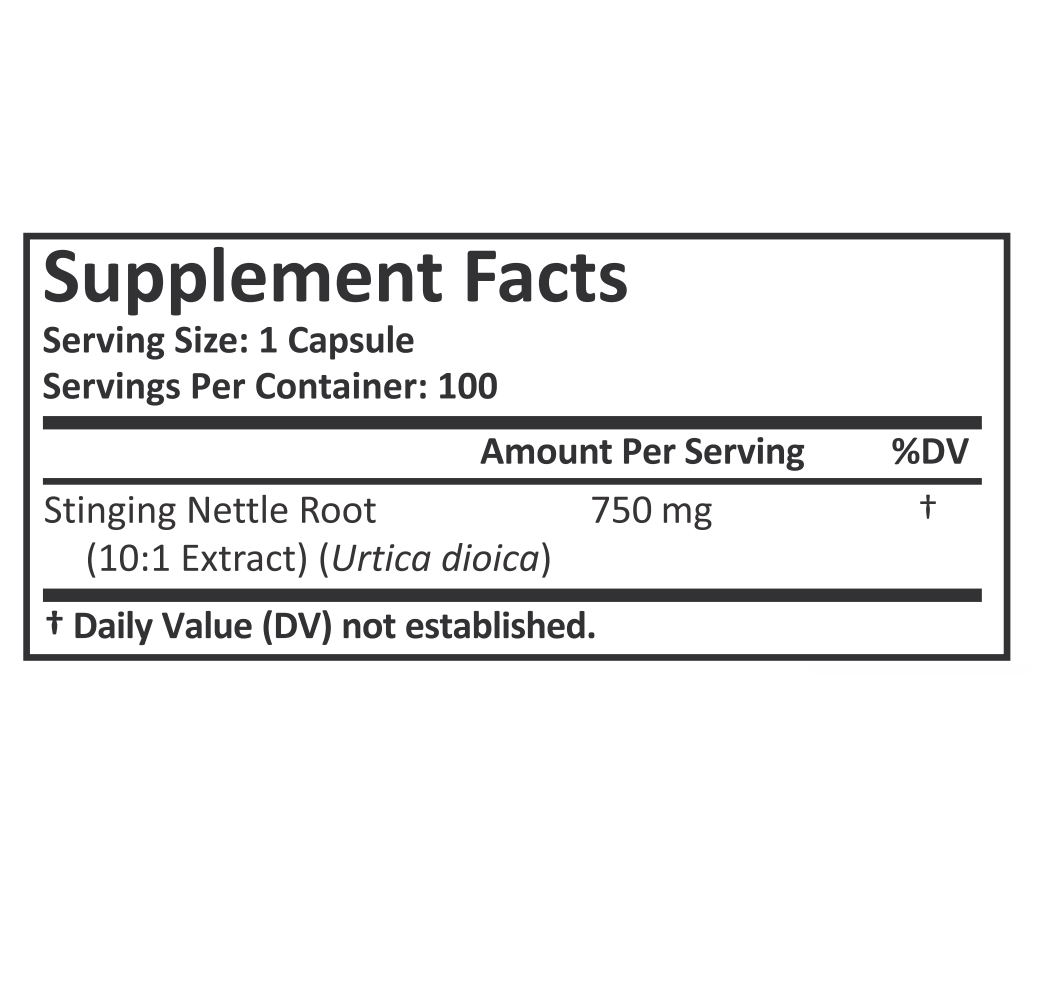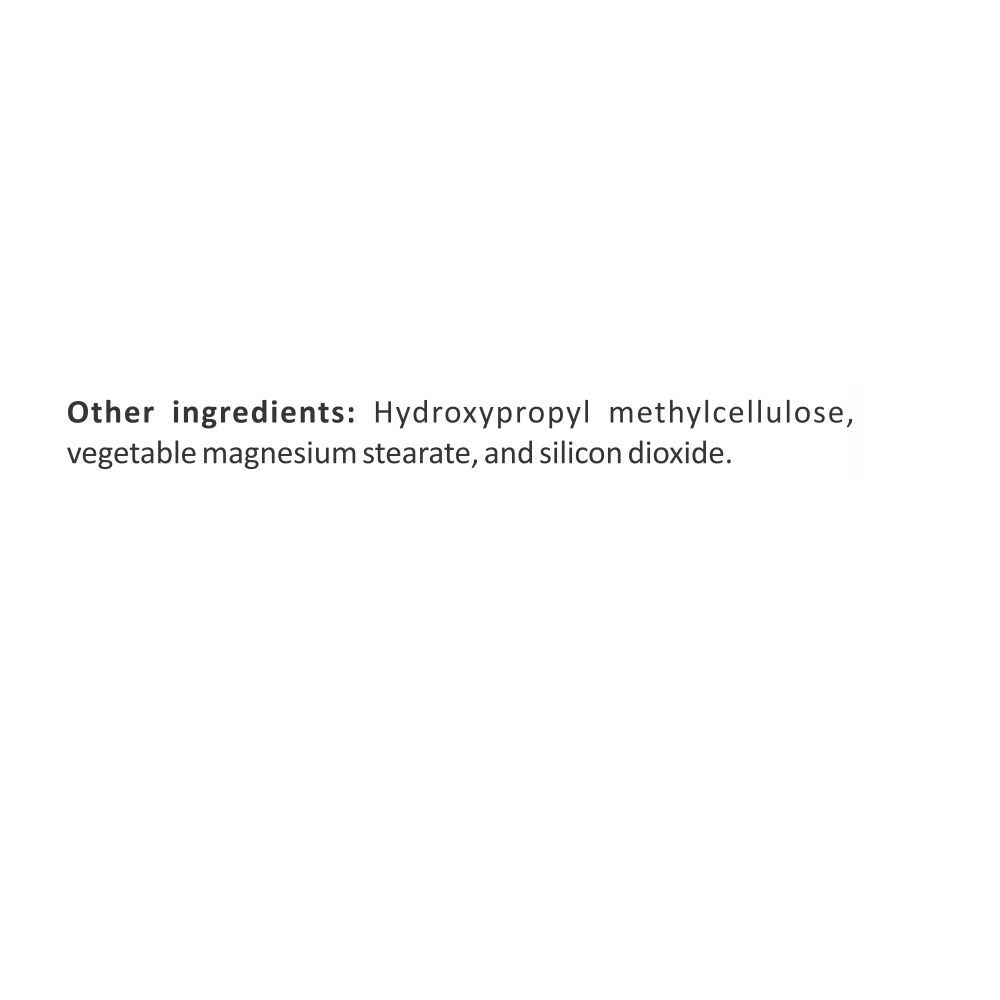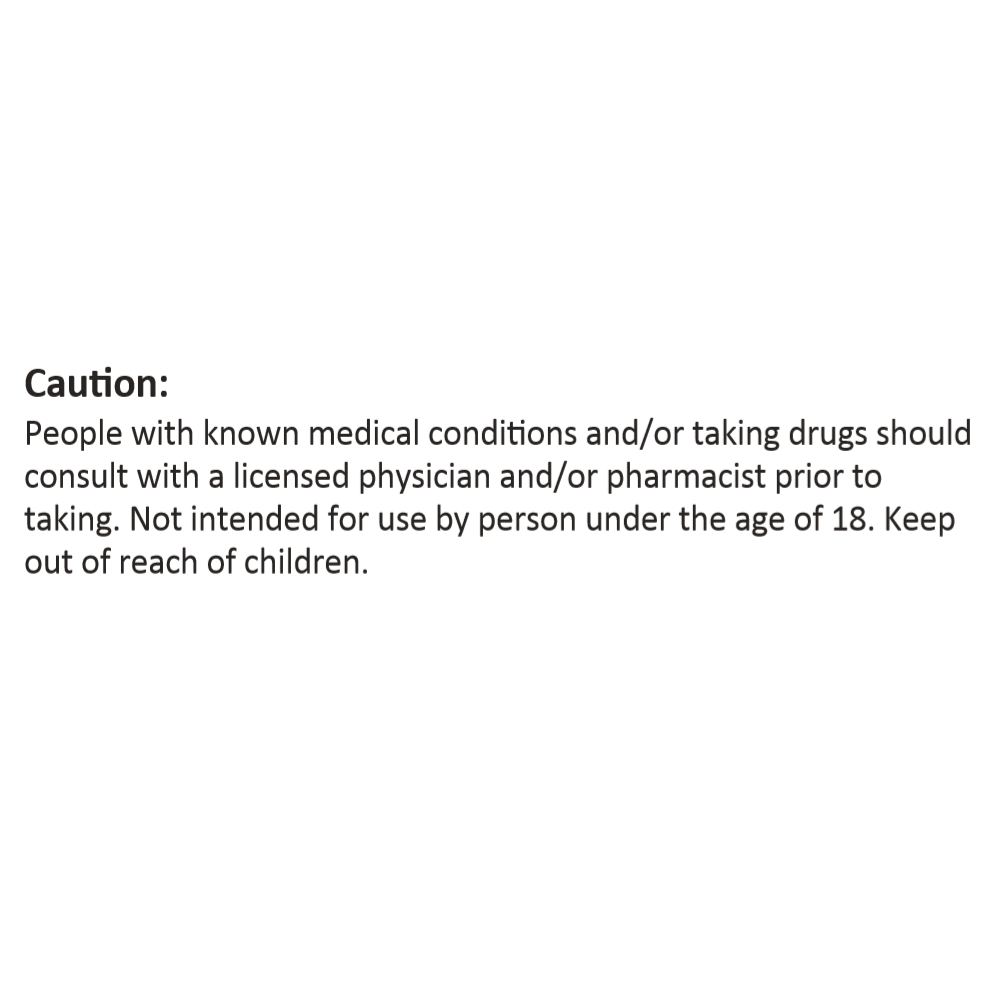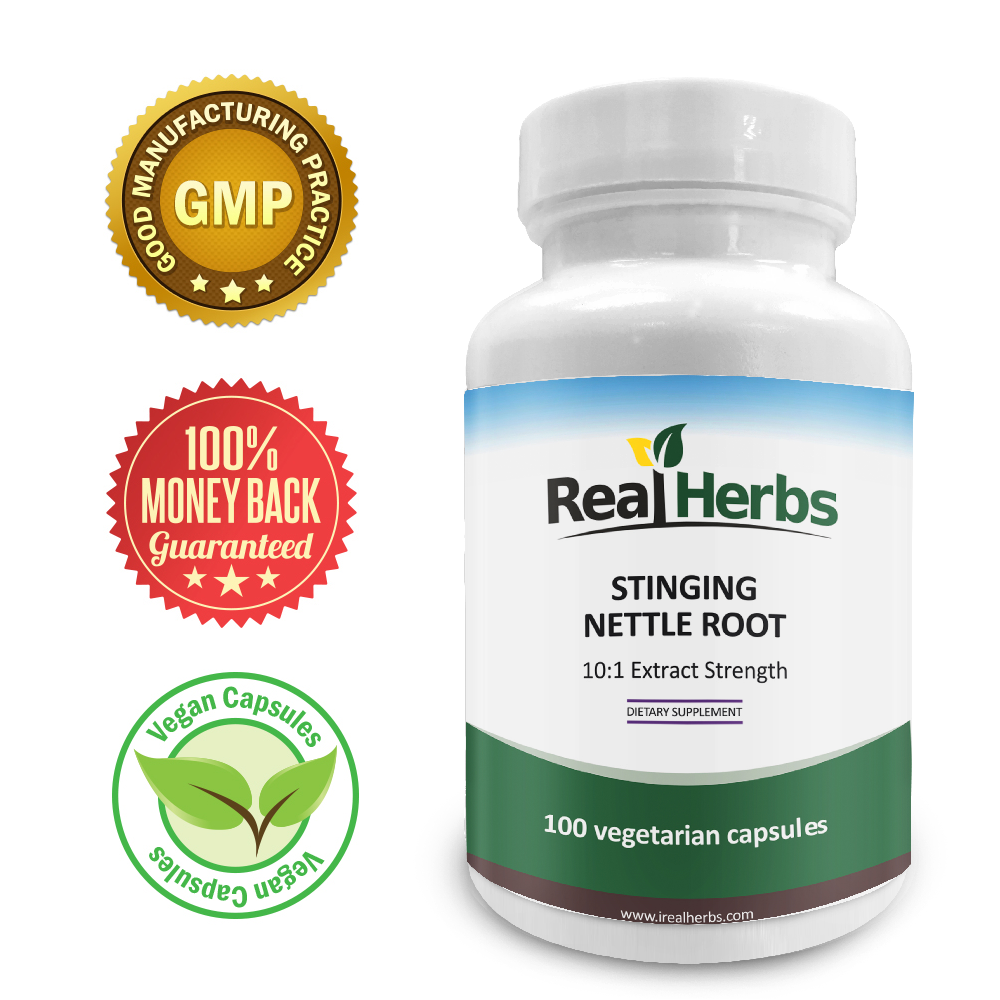Introduction
Stinging nettle root, historically revered for its medicinal properties, has gained attention in recent years for its potential health benefits. Meanwhile, fermentation has long been recognized as a traditional method of food preservation and enhancement. In this article, we delve into the intriguing intersection of these two realms, exploring the incorporation of stinging nettle root into fermented foods to boost their nutritional profile.
Nutritional Profile of Stinging Nettle Root
Stinging nettle root is a nutritional powerhouse, boasting an array of vitamins, minerals, and bioactive compounds. Rich in vitamins A, C, and K, as well as minerals like calcium, magnesium, and iron, it offers a spectrum of essential nutrients vital for overall health. Additionally, stinging nettle root contains flavonoids, phenolic compounds, and lignans, which contribute to its antioxidant and anti-inflammatory properties.
Fermentation: A Brief Overview
Fermentation is a natural process in which microorganisms, such as bacteria, yeast, and fungi, metabolize carbohydrates to produce alcohol, acids, or gases. This process not only preserves food but also enhances its flavor, texture, and nutritional value. Common fermentation methods include lactic acid fermentation, alcoholic fermentation, and acetic acid fermentation.
Stinging Nettle Root in Fermented Foods
Incorporating stinging nettle root into fermented foods presents an opportunity to synergize the nutritional benefits of both ingredients. During fermentation, beneficial microorganisms break down complex nutrients in stinging nettle root, making them more bioavailable and easier to digest. This results in fermented foods enriched with vitamins, minerals, and phytonutrients derived from stinging nettle root, offering an additional layer of nutritional complexity.
Health Benefits of Consuming Fermented Foods with Stinging Nettle Root
Consuming fermented foods containing stinging nettle root may confer various health benefits. These include improved digestive health, enhanced immune function, and reduced inflammation. Studies suggest that the probiotics and prebiotics present in fermented foods promote gut health, while the antioxidants and anti-inflammatory compounds in stinging nettle root help combat oxidative stress and inflammation.
Culinary Uses and Tips
Experimenting with stinging nettle root in fermented recipes opens up a world of culinary possibilities. Add dried stinging nettle root to homemade sauerkraut for a nutrient-rich twist, or infuse kombucha with stinging nettle extract for a refreshing probiotic beverage. Be mindful of the dosage and handling of stinging nettle root to avoid irritation, and always consult reliable sources for guidance on proper preparation and usage.
Precautions and Considerations
While stinging nettle root offers numerous health benefits, it's essential to exercise caution, especially for individuals with allergies or sensitivities. Some may experience skin irritation upon contact with fresh nettle leaves, so handling with gloves is recommended. Additionally, pregnant or breastfeeding women should consult healthcare professionals before incorporating stinging nettle root into their diet.
Conclusion
Incorporating stinging nettle root into fermented foods presents an innovative approach to enhancing both flavor and nutrition. By harnessing the power of fermentation, we can unlock the full potential of stinging nettle root, transforming it into a versatile ingredient that promotes health and vitality. As we continue to explore the symbiotic relationship between traditional remedies and modern culinary techniques, fermented foods enriched with stinging nettle root stand poised to enrich our diets and nourish our bodies.

